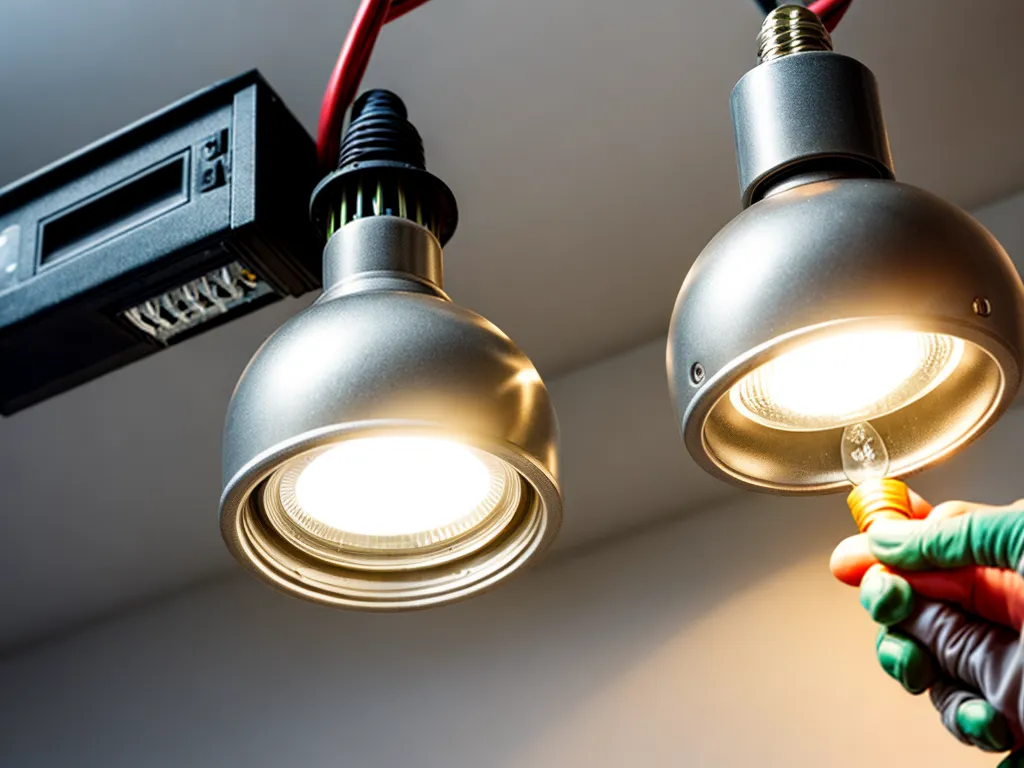
How to Troubleshoot Issues with Low Voltage Lighting Systems
Introduction
Low voltage lighting systems provide an attractive and energy efficient way to illuminate outdoor areas like patios, walkways, and gardens. However, like any electrical system, they can develop issues that prevent them from working properly. Troubleshooting problems with low voltage lighting allows you to get your lights back up and running without the hassle and expense of calling an electrician. In this guide, I'll walk you through the common issues that arise with low voltage lighting and how to systematically diagnose and resolve them.
Checking Connections and Wires
The first step when troubleshooting low voltage lighting is to inspect all of the connections and wires. Simple loose connections or damaged wires can prevent the entire system from functioning and are easy to overlook.
-
Check that the transformer is plugged in and operational. Reset any ground fault circuit interrupter (GFCI) outlets or breakers connected to the transformer to restore power.
-
Ensure all wire connections are tight and secure, both at the transformer and at each individual light fixture. Loose wire nuts or splice connections can interrupt the flow of electricity.
-
Inspect the low voltage wires carefully for any cuts, frays, or damage. Damaged areas will need to be removed and reconnected.
-
Verify that all wire splices are adequately protected from moisture using silicone sealant or electrical tape. Water intrusion can cause wires to corrode and fail over time.
-
Check that wires are not pinched or crimped by staples, soil, or other objects. This also can damage the wire insulation.
Testing the Transformer
If you've checked all of the connections and wiring, the next step is to test the low voltage transformer. This converts 120V household current into 12V or 24V low voltage power. Use a multimeter to test transformer output.
-
Set the multimeter to AC voltage mode. Touch the red probe to one transformer low voltage wire, and the black probe to the other wire.
-
You should get a reading around 12V or 24V. Little or no voltage indicates a failed transformer that will need replacement.
-
Check the transformer's internal fuse if equipped. Replace if blown.
-
Also inspect the transformer for damage like cracks or overheating. A damaged transformer should be replaced.
Checking Light Fixtures
If the transformer is operational but lights still won't turn on, the problem may be with the individual light fixtures.
-
Remove the fixture housing and inspect the light bulb. Replace burnt out bulbs.
-
Verify that hidden ground fault circuit interrupter (GFCI) outlets connected to the lights haven't tripped. Reset if needed.
-
For fixtures with photocells or timers, bypass them to test if the lights operate normally. Faulty photocells or timers will require replacement.
-
Check that fixture wiring is not damaged and connections are secure.
-
Ensure water hasn't leaked into light housings, causing corrosion. Seal any leaks, replace damaged wires, and clean or replace corroded contacts.
Checking the Timer and Dimmer
For systems with a timer or dimmer control, issues with these components can also cause outages:
-
Bypass the timer or dimmer to test lights. Faulty controls will need to be replaced.
-
Check timer battery if applicable. Replace dead batteries.
-
Verify timer/dimmer is properly programmed and set to "on". Auto shut-offs can mimic an outage.
-
Ensure timer/dimmer is rated for low voltage use. Incorrect controls can overload and fail.
Contacting an Electrician
If you've systematically checked all components and connections but can't determine the cause of the problem, it's best to contact a licensed electrician. Troubleshooting and repairing low voltage lighting requires working with live electrical connections, which can be extremely hazardous. For your safety, some issues are best left to the professionals.
Conclusion
With low voltage outdoor lighting, most problems stem from fairly simple causes like loose connections, transformer failure, or fixture issues. By methodically inspecting connections, wires, transformers, and lights, you can troubleshoot and repair many lighting problems without professional help. But for more complex electrical issues or those involving hazardous live wiring, don't hesitate to call a licensed electrician.